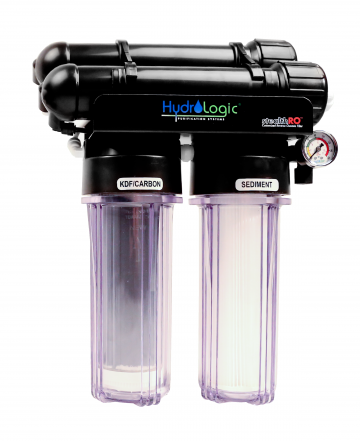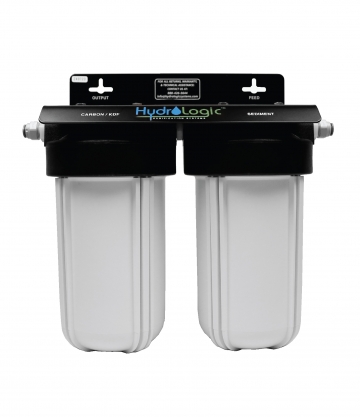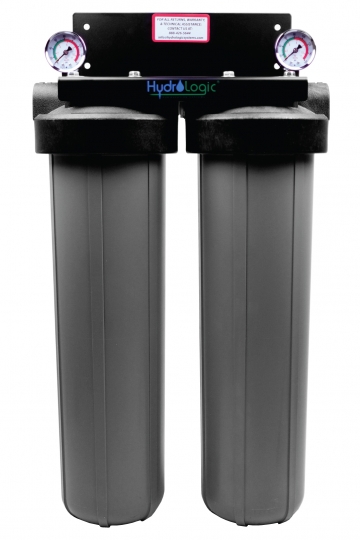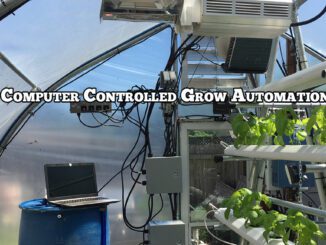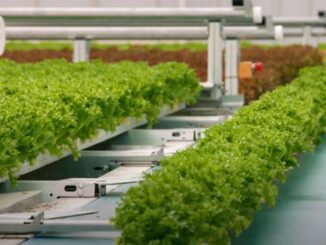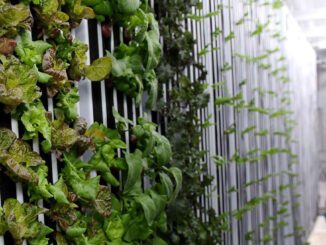
Water Filtration for Gardening and Hydroponics
Preserving Your Garden’s Micro-biology for Health
By Rich Gellert
www.hydrologicsystems.com
[quote]the chloramines cannot even be boiled away. They are in the water for good unless you use a water filter to get rid of them[/quote]
Micro-organisms such as beneficial fungi and bacteria, mycorrhizae, nematodes, and a slew of other beneficial organisms have colonized and are now thriving in your garden beds. At least, you believe all this wonderful stuff is happening. Then you reel out the garden hose and start watering your prized plants and the smell of chlorine hits your nose. Little do most people know or even realize that by using straight, unfiltered hose water you are killing thriving populations of these micro-organisms or, at the least, severely affecting their numbers. That’s just one of the reasons why water filtration for gardening and hydroponics is so important.
This same principle applies to gardeners using pots or containers with fresh soil each season. There is an inherent population of this micro-biology already present in the bags they bring home from the garden center. Most folks amend this soil throughout the season with earthworm castings, living bioextract solutions, and home brewed compost teas. This addition makes the soil and root zones even more active and teaming with life. These container farmers are living under the same illusion. If they use straight chlorinated water they might as well start from scratch, adding the organisms back in after they just killed off a significant part of their population with unfiltered water.
Obviously most chlorinated water is from city or municipal sources; few people on well or spring sources have chlorine in their water. There are plenty of other problems, besides chlorine, that well or spring water users may have that can also affect the living micro-biology. Water high in ppm and especially sulfur, iron, and salts can have negative effects on beneficials. The contaminants in the water can interfere with the microbes’ life cycles and keep their numbers suppressed to the point that their true benefits in your garden are hardly being realized. High salt levels increase EC levels. If the EC in the soil rises too high, the rate of nutrient absorption decreases. This absorption reflects the osmotic pressure capabilities in your plants. High salt levels reduce the osmotic pressure in the growing environment, essentially causing root lock. Bioextract solutions rich in beneficial microbes consume salt and help balance the osmotic pressure. Using purified water will have a dramatic influence in the health of your plants and the success of your harvests.
It is imperative that those brewing their own blend of microbial-rich solutions and teas use pure water. In fact, all leading manufacturers of such products require pure water to brew with to obtain optimal results. Todd Salemi, from Organics Alive Solutions, had the following to say: “When extracting biology or applying microbial-rich solutions to your growing environment, reverse-osmosis-treated water should be used. Reverse osmosis water will eliminate the harmful inhibitory elements such as chlorine, chloramines, and excess salts. Your plants will definitely reflect the difference.” He goes on to say, “We have done many tests. When we use hose water instead of RO water, the fungal tension decreases by 70 percent; the brew also does not smell the same. It loses the earthy smell. The results are not the same; most of the time we have to re-apply often. RO water is mandatory when extracting or applying microbial-rich solutions or compost tea.” No doubt that his and other similar elixirs stimulate your garden to give extraordinary results, some of them being
Above: Reverse Osmosis Filtration for up to 200 US Gallons per Day
• protection against pathogens,
• increase in fertilizer uptake,
• decrease in transplant shock.
• larger yields,
• increase in roots and micro-roots,
• promotion of crop uniformity
Today most hydroponics and garden centers offer some form of water filter. There are filters on the market today that are specifically designed for use in the garden, both indoors and outdoors. All of these filters have the ability to remove chlorine and chloramines. Chloramines are chlorine’s evil cousin. They are essentially chlorine bound to ammonia and were developed as a more stable form of the biocide. Chloramines are becoming more popular with municipalities because they are much more stable and last longer than chlorine. While most of the chlorine dissipates out of water by bubbling air through it in an open container for 24 hours or more, the chloramines cannot even be boiled away. They are in the water for good unless you use a water filter to get rid of them
For instance, if your city water is relatively low in ppm (200 or less), than a simple dechlorinating carbon filter will do the job. It won’t lower your overall ppm much but it will remove those nasty biocides. If your water is much above 200 ppm, then reverse osmosis will remove most contaminants. There are a variety of filters available in today’s gardening market and most shops can help you choose the right one.
Above: chloramine reduction filter, pre filtration system.
Above-Dechlorination filter; perfect for direct watering applications in outdoor soil gardens

